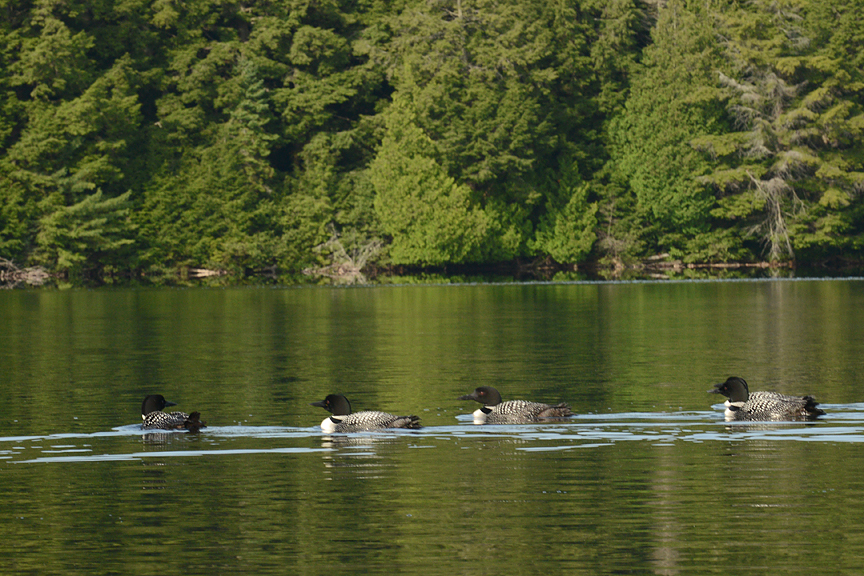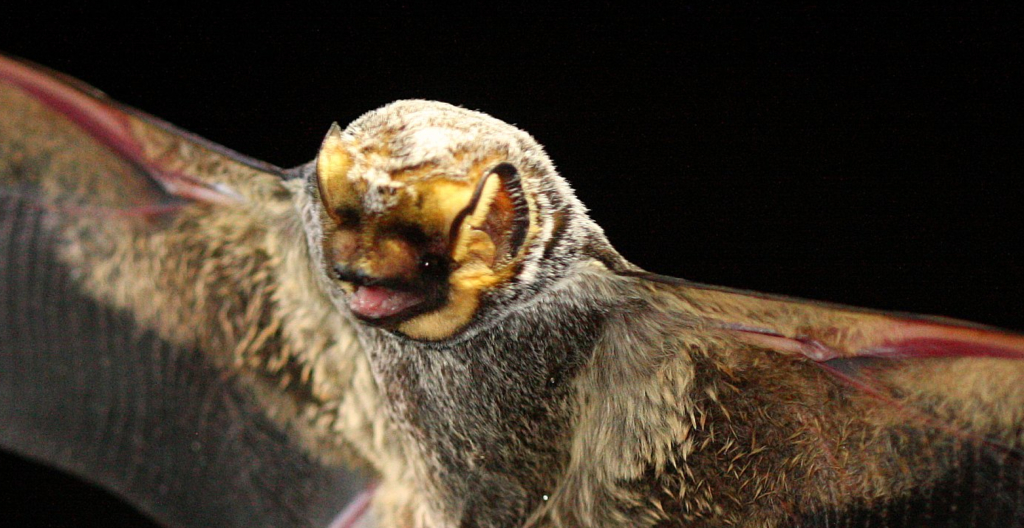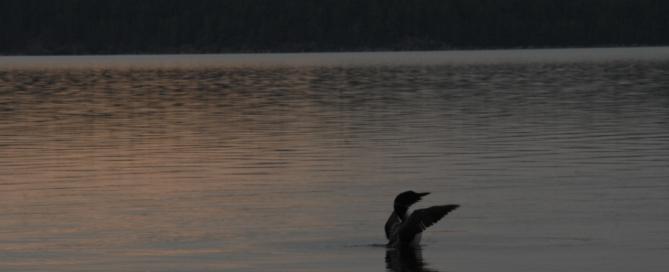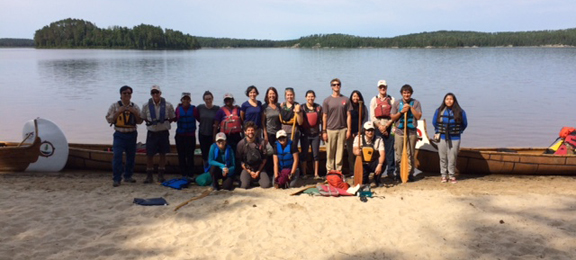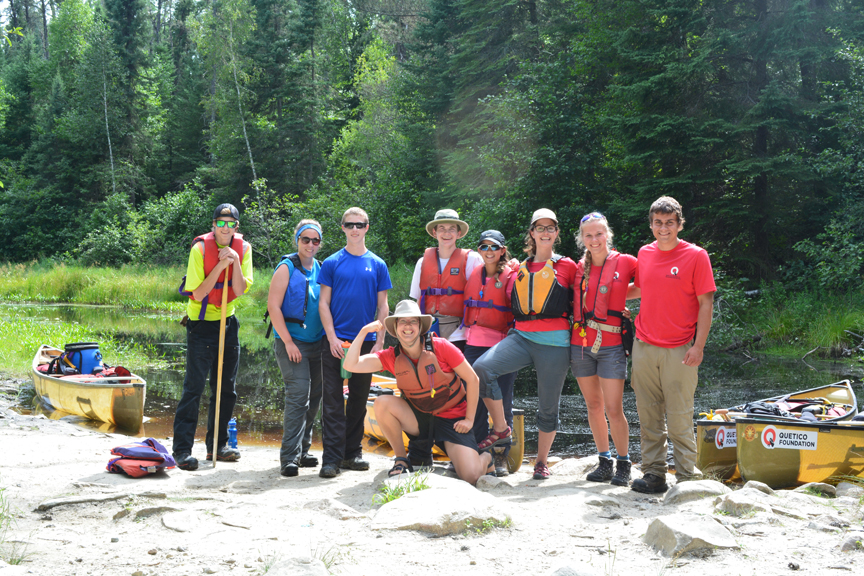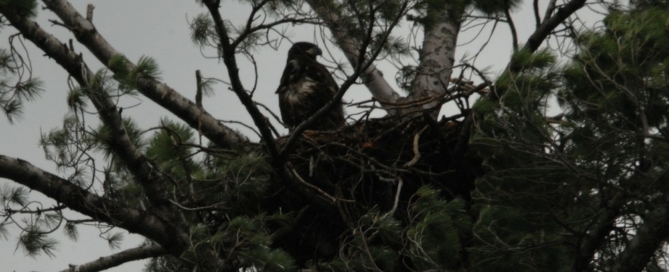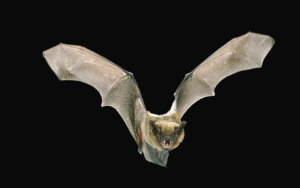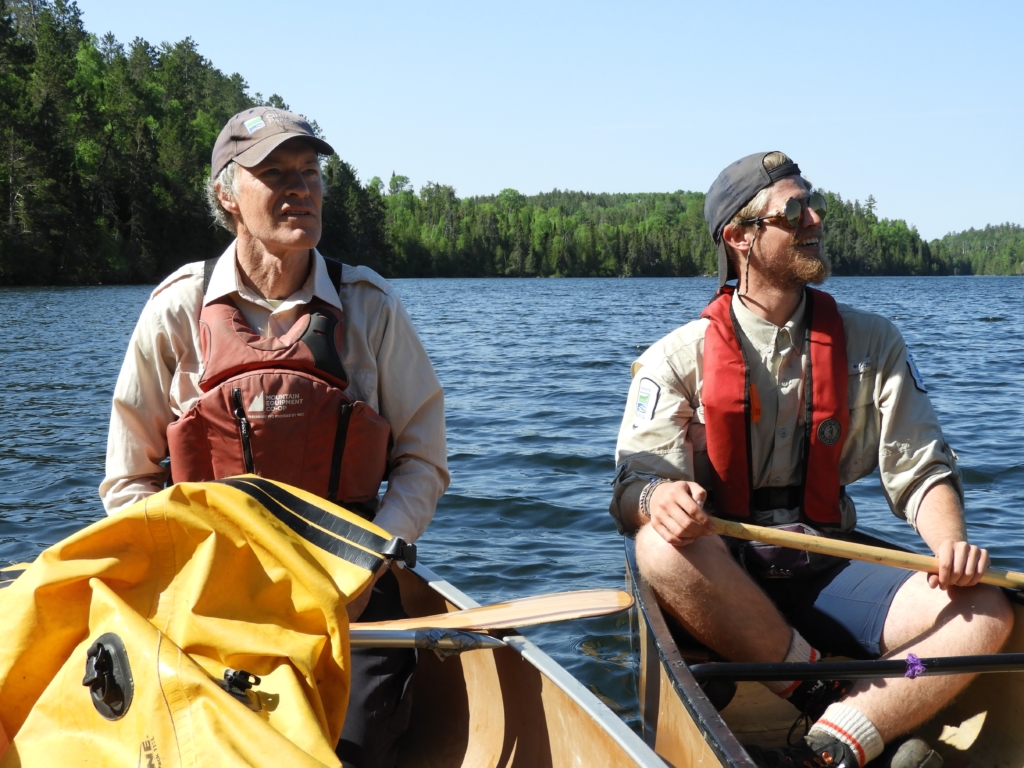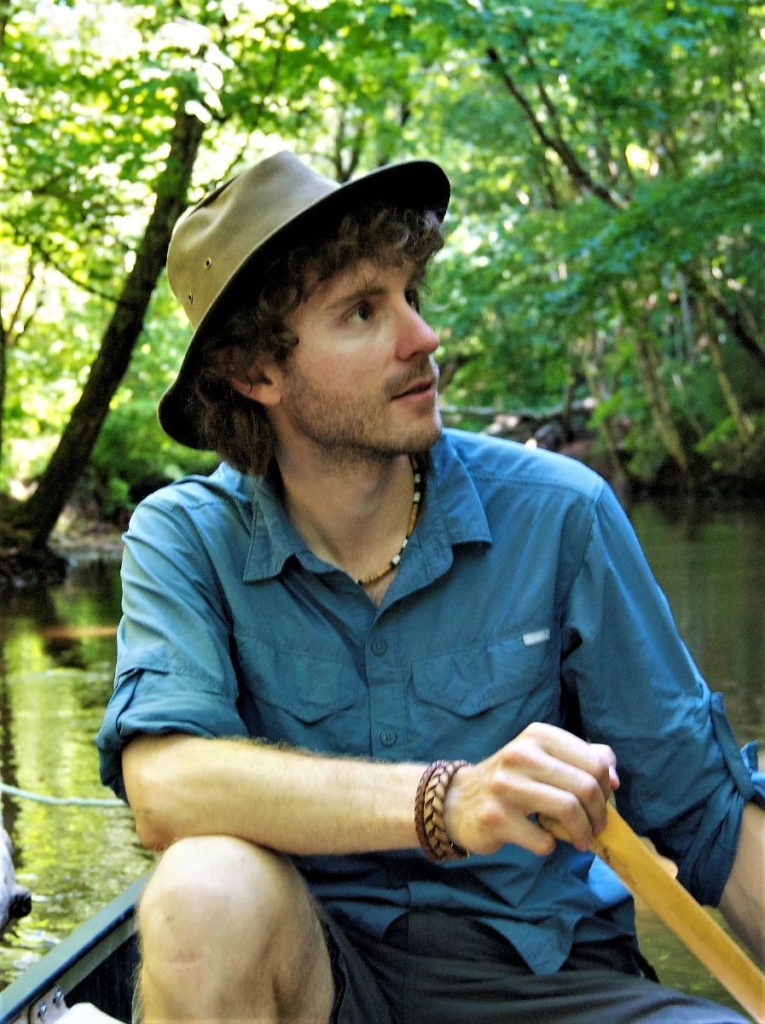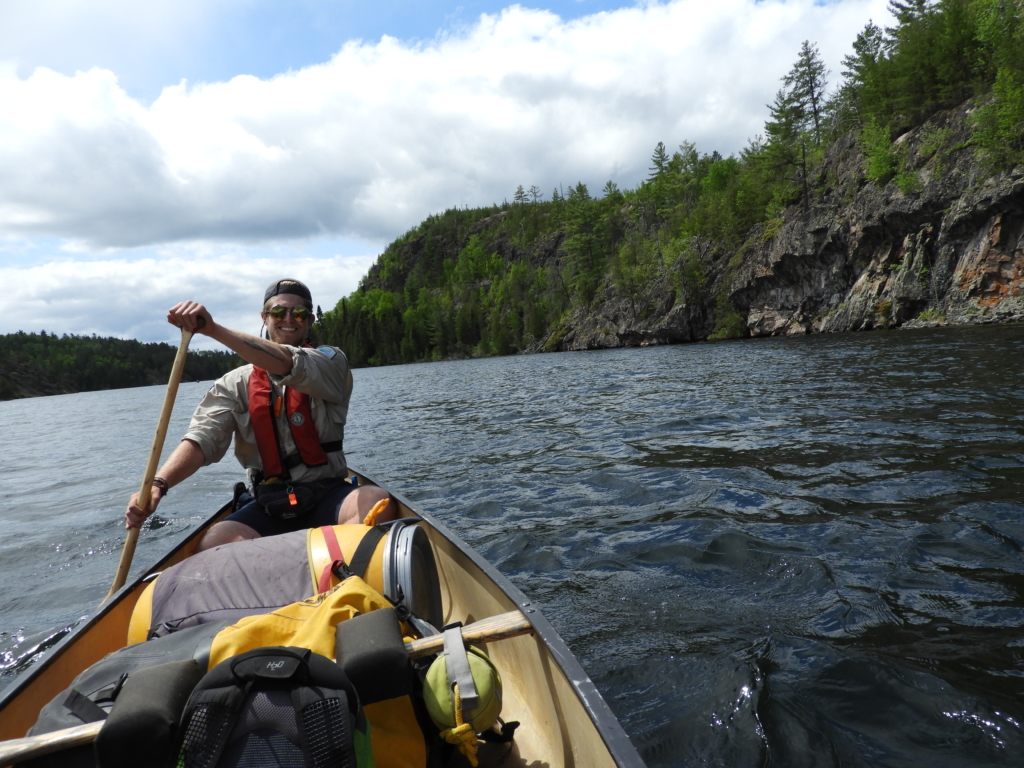Quetico Artists in Residence 2020
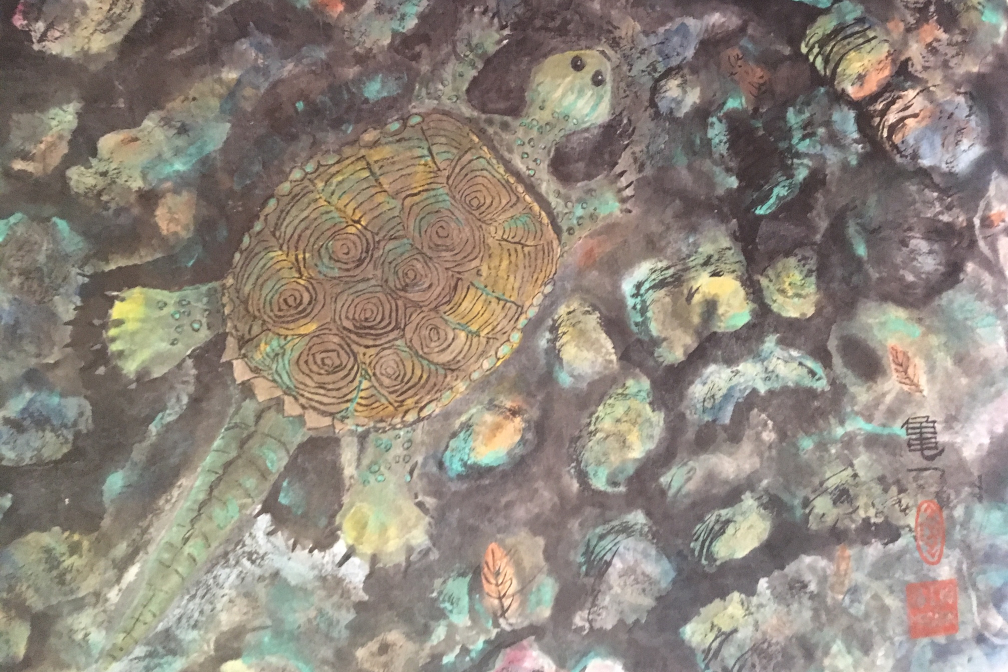
Chelydros, sumi-e painting, 2019 Quetico Foundation Artist in Residence program recipient, Tom McCann
Art inspired by a Quetico experience can enhance connections between the park and the public through its various forms. The Art provides a means for those who visit the park to appreciate it on a deeper level and for those that do not venture into the park wilderness to experience it vicariously. The program is open to Canadian and International artists, working in any media, whose work relates to the natural environment. While the range of media can vary widely (poetry, sculpture etc.) the details of this program description are written with the visual artist as an example. Those working in other media should propose equivalent examples.
The Artist in Residence Program is one part of Quetico’s efforts to promote appreciation for and understanding of the environment through experience and education. This program is supported by the Quetico Foundation. Artists in Ontario may be able to gain additional support through the Ontario Arts Council. Quetico Provincial Park determines the participants in the program.

